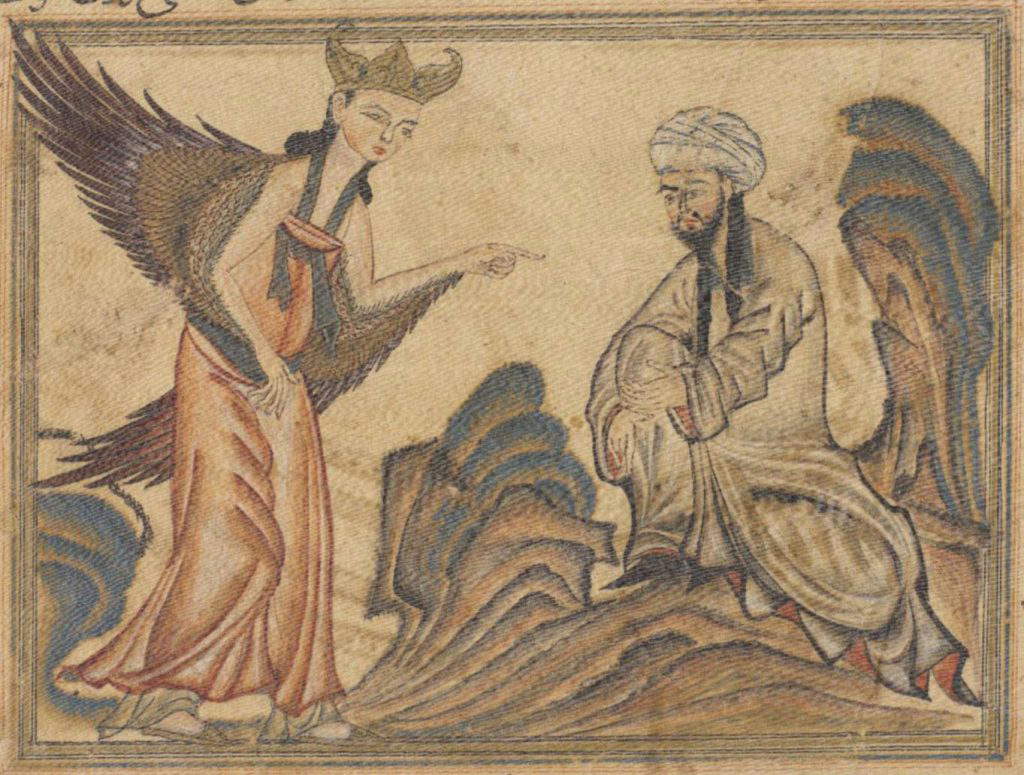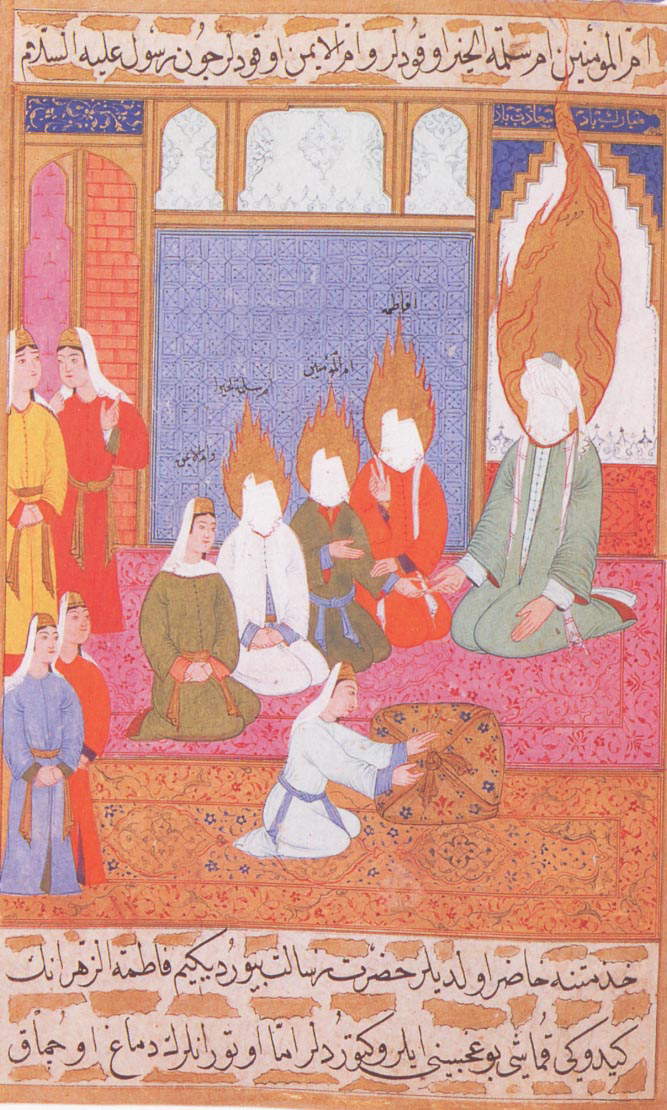U.S., shows ancient images of Muhammad in class and university won't renew her contract
A lively controversy has arisen in the United States over a case that occurred at Hamline University in Saint Paul, Minnesota, where an art history professor showed her students some medieval images of the prophet Muhammad in class, and subsequently her contract with the university was not renewed. The non-renewal is thought to be related to this fact: the image of the prophet, according to some traditions of the Muslim religion, is considered blasphemous, even though there is a centuries-old tradition of depicting the prophet in certain regions, for example in Persia and Turkey: the lecturer showed precisely images of these works, which are moreover preserved in several American museums. The lecture dates back to last October although the case has mounted in recent days, but it has been talked about in St. Paul’s for at least a month.
Providing a detailed account of what happened is Hamline’s student newspaper, The Oracle, which reconstructs the case in an article by Kimia Kowsari. The lecture centered on Islamic art, and the lecturer showed the class two depictions of the Prophet Muhammad, one from the 14th century by Rashid al-Din (considered a masterpiece of the Persian picture book), depicting the Archangel Gabriel’s announcement to the prophet, and one from the 16th century by Mustafa ibn Vali, showing the prophet with a turban and halo. The case was allegedly raised by a Muslim student who was in the class during the lecture. “As a Muslim and as a person of color,” she told The Oracle, “I do not feel I belong, and I think I will never belong, to a community that does not value me as its member and that does not show the same respect toward me as I do toward it.” After the lecture, the student reportedly spoke with the lecturer but, finding the conversation unproductive, wrote an email to the Muslim Students Association (MSA) of which she is president and also to the Hamline University administration. The university apologized to the student, and in the meantime, dialogue continued via email with the lecturer, who in a missive sent two days after the lecture apologized if it hurt the student’s religious feelings by stating that it was not her intent to show disrespect toward students.
Before showing the images, moreover, the lecturer had warned the audience about the content by announcing the controversial nature of what she was about to show. “I am about to show these images,” the lecturer said, “because there is a common thought that Islam completely, openly forbids any figurative representation or any depiction of holy figures. Although many Islamic cultures strongly disapprove of this practice, I would like to remind you that there is no monothetical Islamic culture.” According to the professor, the warning to students would show that she had no ill intentions. But for the students of the Islamic Association, the apology and explanations were not enough, since a meeting ensued in which it was suggested that feelings of Islamophobia were simmering at Hamline, so much so that the university then wrote the MSA an email containing a plan to address Islamophobia, but the student association was disappointed that the missive contained no reference to past Islamophobic incidents allegedly occurring at the university, nor any resources to share with the students themselves. Finally, the vice president of Inclusive Excellence at Hamline University, David Everett, let The Oracle know that the university, following the incident, had “decided it was best that this faculty member no longer be part of the Hamline community.”


Yet, showing images of Muhammad for educational purposes cannot be considered an Islamophobic attitude, Professor Mark Berkson, chair of the university’s department of religions and professor of Asian religions, tried to explain to the same newspaper. “In the context of an art history class, showing an Islamic depiction of the Prophet Muhammad, a painting that was made to honor Muhammad and depict an important historical moment, is not an example of Islamophobia,” he wrote in an open letter. “Labeling it this way is not only inaccurate, but also diverts our attention from real examples of bigotry and hatred.” However, the letter was removed two days after publication (it can still be found online, however): The Oracle explained that it had removed it from the site because some members of the academic community pointed out to the newspaper that the letter had “caused them harm.” Finally, two days after the letter was censored, a letter arrived at the university staff from President Fayneese Miller and the aforementioned Everett stating that “respect for the observant Muslim students in that class should supersede academic freedom.”
The lecturer now finds herself out of a job, and she has received widespread support, including from many Muslims. On Dec. 24, a petition was launched on Change.org by a group of Muslim and non-Muslim scholars and students specializing in Islamic history, Islamic studies, art history, Islamic art history, and related fields in the arts and humanities who wrote to express their outrage over the lecturer’s dismissal. “The censorship of a professor’s academic essay and the declaration that academic freedom should be invalidated in deference to a particular group of individuals seriously undermine free speech and academic freedom, both cornerstones of American and university life,” the petition reads. “They set a dangerous precedent should prospective students request the university to ’ban’ the teaching of other art history materials - such as Byzantine icons of Jesus Christ, figurative statues of Buddha, Hebrew depictions of Moses in Dura Europos, etc. - on campus . In addition to undermining diversity and inclusion, therefore, Hamline University is undermining equity in education for all its students, regardless of faith, creed, origin and identity. Moreover, among its diverse student population, a number of Muslim students on campus who wish to learn the nuances and historical complexities of the Islamic faith and its various artistic legacies are now too afraid to speak out, for fear of being accused of hatred and discrimination. Their access to academically sound and unbiased information has been robbed from them, their views on the subject marginalized and repudiated by two of Hamline’s top administrators. The university’s statements and actions in effect privilege a small group of individuals while silencing and perhaps discriminating against many faculty, staff and students, both Muslim and non-Muslim. Last but not least, the university’s position risks endangering rare and valuable Islamic paintings held in museums and libraries around the world.”
In short, in the hope of being as inclusive as possible, Hamline University has in fact agreed with a radical minority by undermining academic freedom. And PEN America, a nonprofit organization that has defended free speech in the United States since 1922, also speaks of a violation of academic freedom. “If these reports are accurate, Hamline University has committed one of the most egregious violations of academic freedom in recent memory,” said Jeremy Young, senior manager of freedom of expression and education at PEN America. “Not only is an art history professor well within his or her rights when displaying medieval and Renaissance Islamic artwork in the classroom, but the faculty member in question would have taken care to create a positive pedagogical experience for students by placing the images in a historical context, allowing students to relinquish their vision, and carefully exploring the history and diversity of Islamic art and thought. The failure to renew a professor’s contract under these circumstances is academic malpractice of a kind that chills speech among all faculty, particularly those who cannot rely on the status of their tenure to protect their academic freedom.”
 |
| U.S., shows ancient images of Muhammad in class and university won't renew her contract |
Warning: the translation into English of the original Italian article was created using automatic tools. We undertake to review all articles, but we do not guarantee the total absence of inaccuracies in the translation due to the program. You can find the original by clicking on the ITA button. If you find any mistake,please contact us.





























